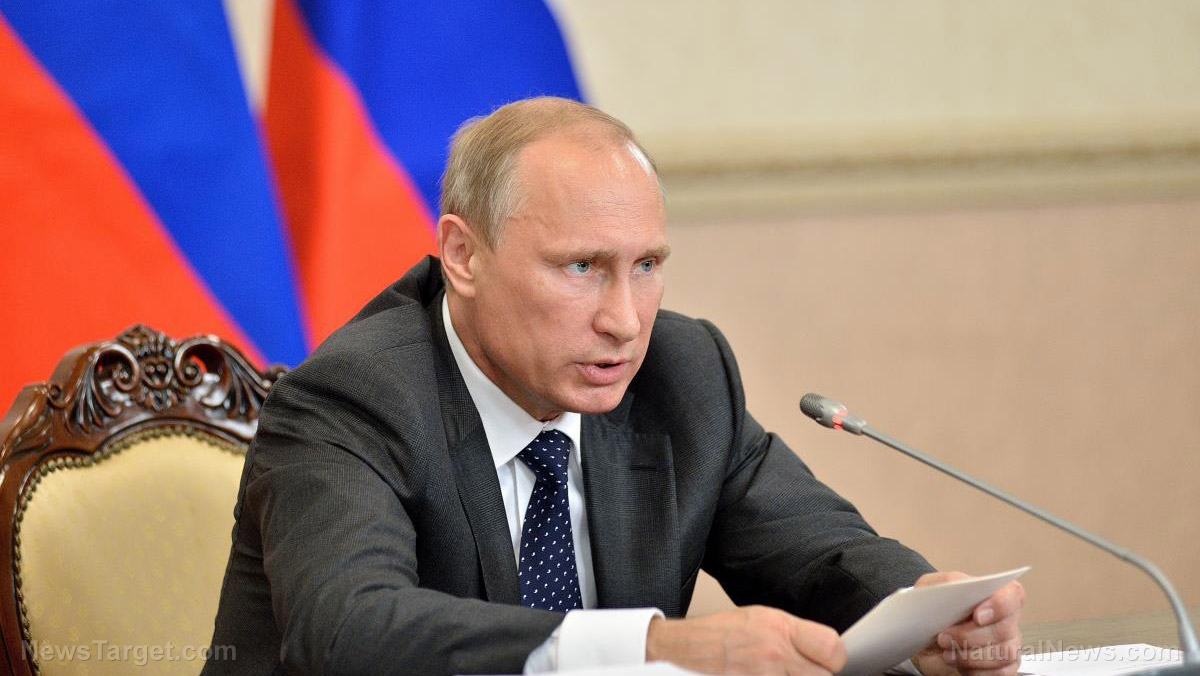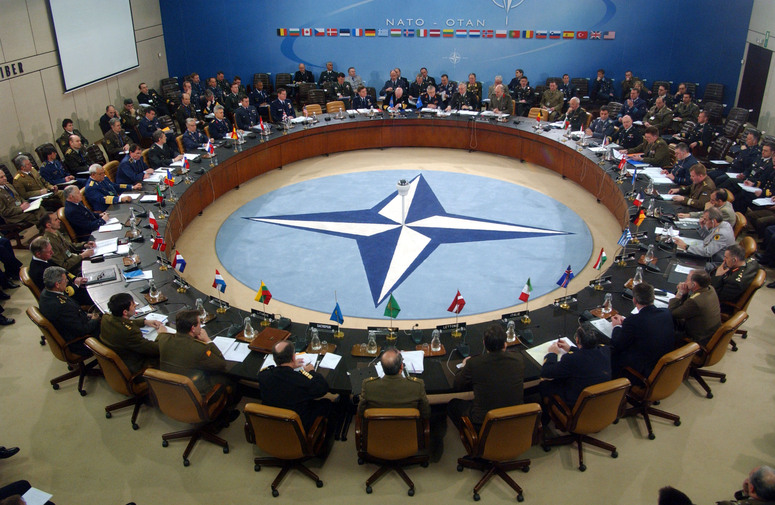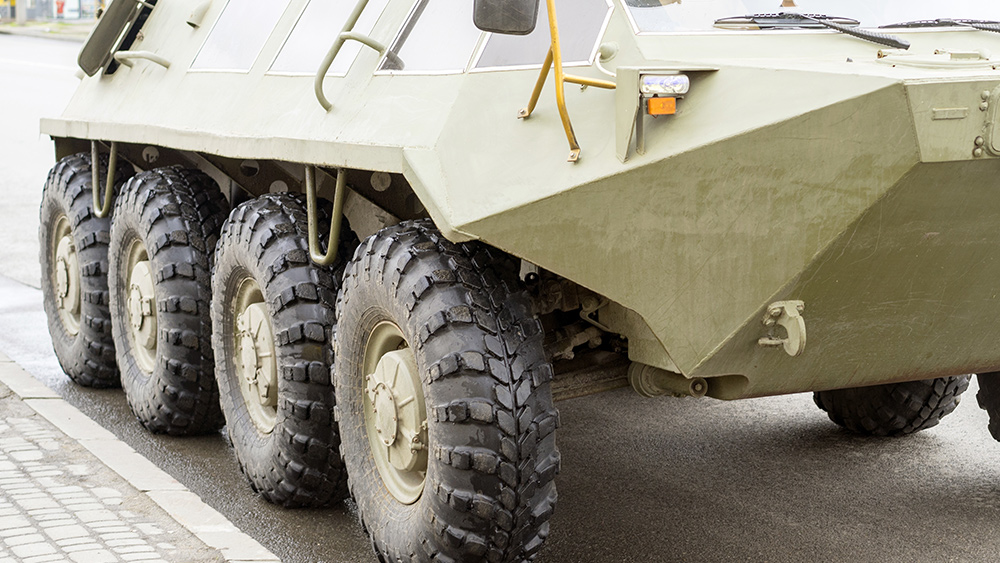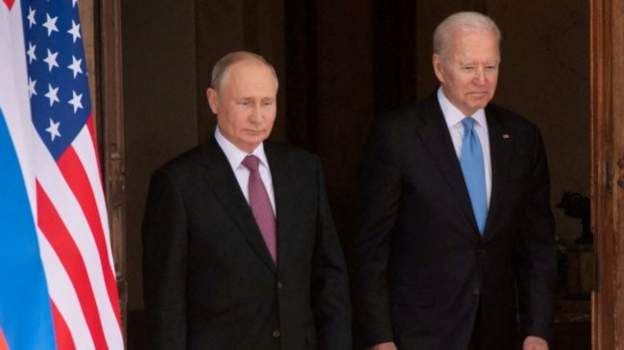North Korea suspected of conducting HYPERSONIC MISSILE test
07/01/2024 / By Richard Brown

North Korea is suspected of test-launching a hypersonic missile on June 26, escalating tensions on the Korean peninsula.
The South Korean military’s Joint Chiefs of Staff reported that the launch occurred from an area near Pyongyang at approximately 5:30 am local time on June 26.
Seoul believes the missile, likely aimed at the waters off North Korea’s eastern coast, was a hypersonic missile that failed its test, as it exploded after traveling around 155 miles. A statement from the Japanese Ministry of Defense confirmed the launch and noted that the missile reached an altitude of about 62 miles before falling in the Sea of Japan, right outside the country’s exclusive economic zone. (Related: Gearing up for WWIII? Putin suggests sending missiles to North Korea.)
The South Korean military suspects that the missile used solid fuel rather than liquid propellants, a feature that would enable North Korea to launch missiles more quickly and make them harder to detect.
North Korea first claimed to have successfully launched a hypersonic missile in 2021. In April, under the supervision of North Korean supreme leader Kim Jong Un, Pyongyang claimed to have tested a new hypersonic intermediate-range missile also powered by solid fuel.
Hypersonic missiles pose a significant threat due to their speed, making them harder to detect and intercept. The U.S. Russia and China are also known to be testing these weapons. Hypersonic missiles typically travel at more than Mach 5, or five times the speed of sound at around 3,850 miles per hour, often at relatively low altitudes.
Despite their name, analysts say the main feature of hypersonic weapons is not speed – which can sometimes be matched or exceeded by traditional ballistic missile warheads – but maneuverability.
The suspected launch came just days after Pyongyang threatened an “overwhelming, new demonstration of deterrence” following the deployment of the U.S. aircraft carrier USS Theodore Roosevelt for military drills with South Korea and Japan.
North Korea has been testing hypersonic missile technology for years
North Korea’s first hypersonic missile test in 2021 featured a glider-shaped warhead, while a 2022 launch used what South Korean military officials and analysts identified as a conical maneuverable reentry vehicle, a ballistic missile warhead capable of maneuvering to hit a target. State media reported that the North’s latest test aimed to perfect an arsenal for “rapidly, accurately, and powerfully striking any target worldwide.”
Combining a glide vehicle with a missile that can launch it partially into orbit – a so-called fractional orbital bombardment system – could further reduce adversaries’ reaction time and compromise traditional defense mechanisms. By contrast, intercontinental ballistic missiles (ICBMs) carry nuclear warheads on ballistic trajectories that travel into space but never reach orbit.
In February, Russia fired a Zircon hypersonic cruise missile against Ukraine for the first time. President Vladimir Putin has touted the weapon as part of a new generation, and Moscow has also tested it from a submarine and a frigate. In 2021, China launched a rocket carrying a hypersonic glide vehicle that flew through space, circled the globe, and cruised toward its target, missing by about two dozen miles.
In September 2021, the U.S tested an air-breathing hypersonic weapon – meaning it flies on its own through the atmosphere like a cruise missile – in the first successful test of that class of weapon since 2013.
At a January 2021 meeting of North Korea’s ruling Workers’ Party of Korea, Kim set securing hypersonic weapons as one of five key objectives of a five-year plan to boost military power, alongside developing solid-fuel ICBMs and a nuclear submarine.
Watch this clip of North Korea unveiling a hypersonic missile that can allegedly reach any part of the U.S. within minutes.
This video is from the channel The Prisoner on Brighteon.com.
More related stories:
North Korea sending troops to Ukraine as WWIII approaches.
North Korean troops could join Russia’s war action against Ukraine.
North Korea’s Kim Jong Un, Russia’s Vladimir Putin sign mutual defense treaty.
North Korea fires several cruise missiles off its west coast in latest “weapons test.”
North Korea tests solid-fuel missile with HYPERSONIC warhead in newest display of power.
Sources include:
Submit a correction >>
Tagged Under:
chaos, conflict, hypersonic missiles, Japan, military technology, missile test, missiles, national security, North Korea, South Korea, weapons technology, WWIII
This article may contain statements that reflect the opinion of the author
RECENT NEWS & ARTICLES
COPYRIGHT © 2017 NATIONAL SECURITY NEWS





















